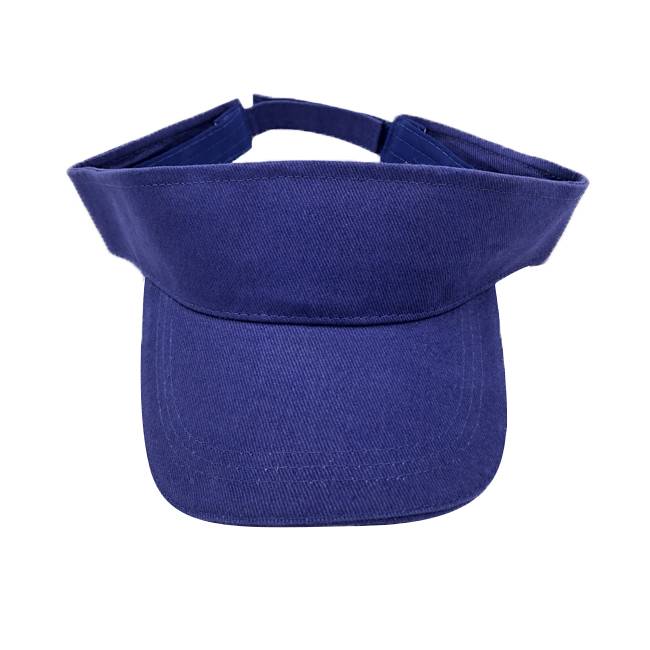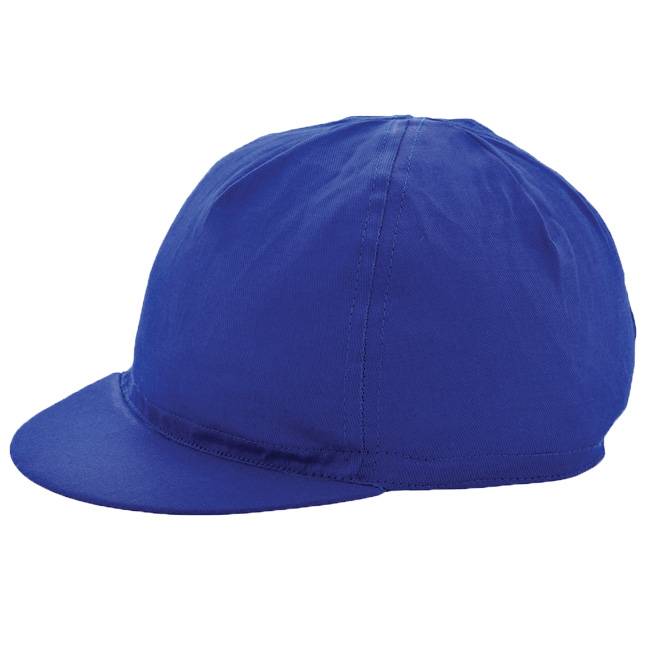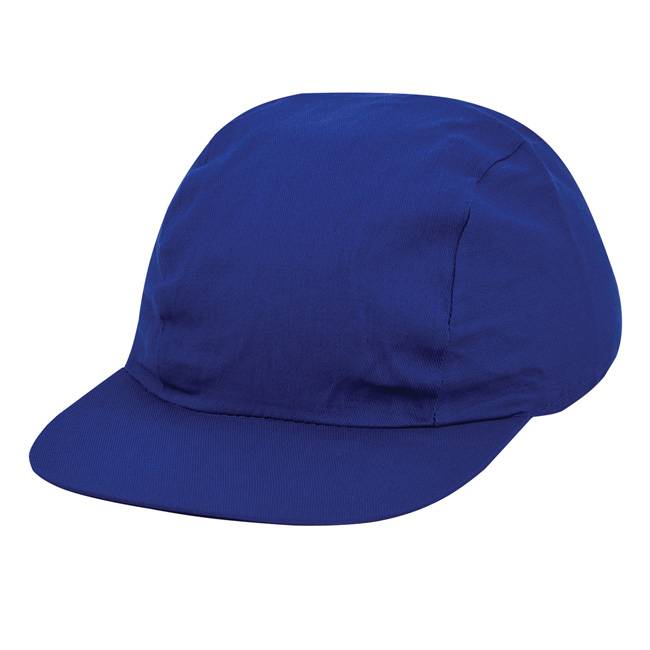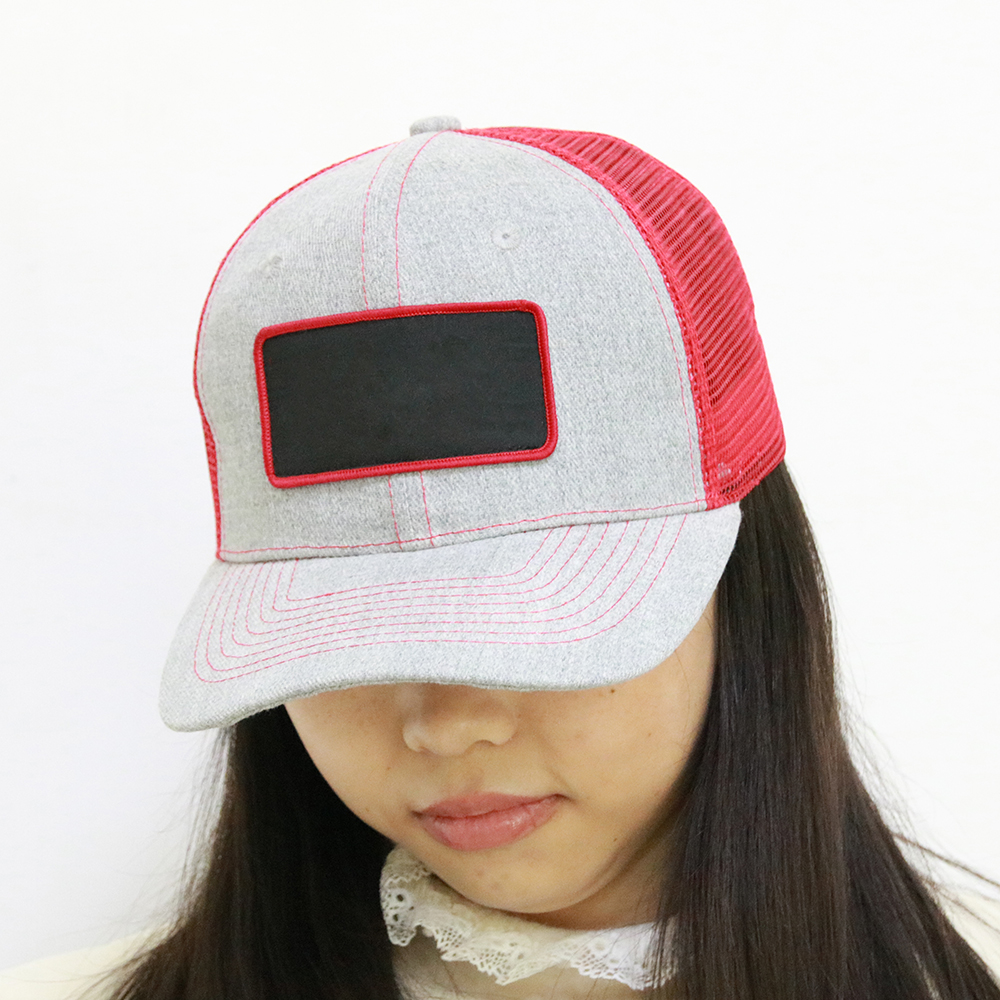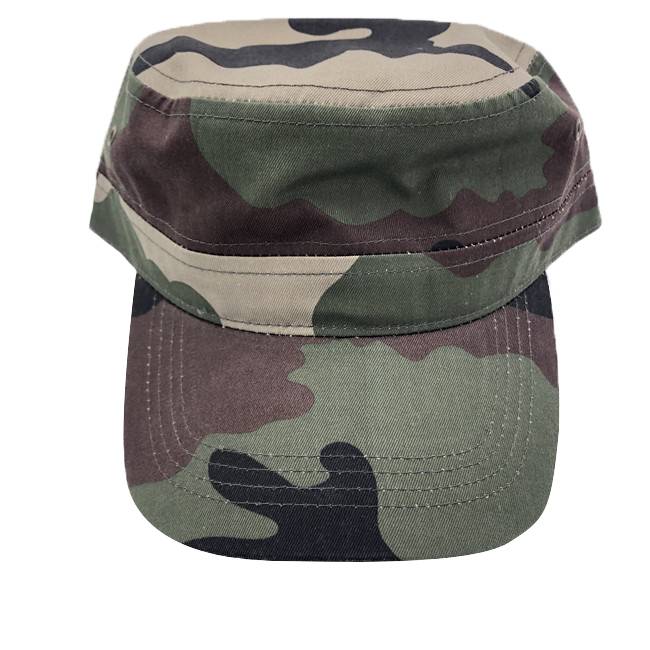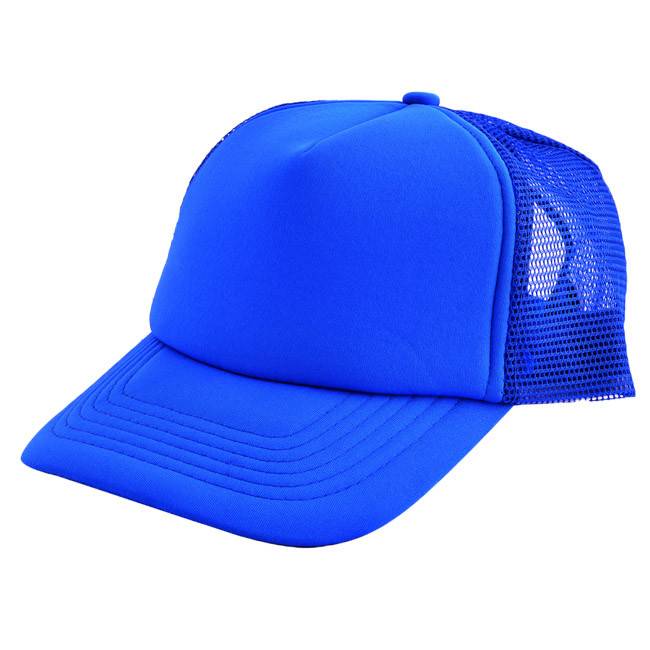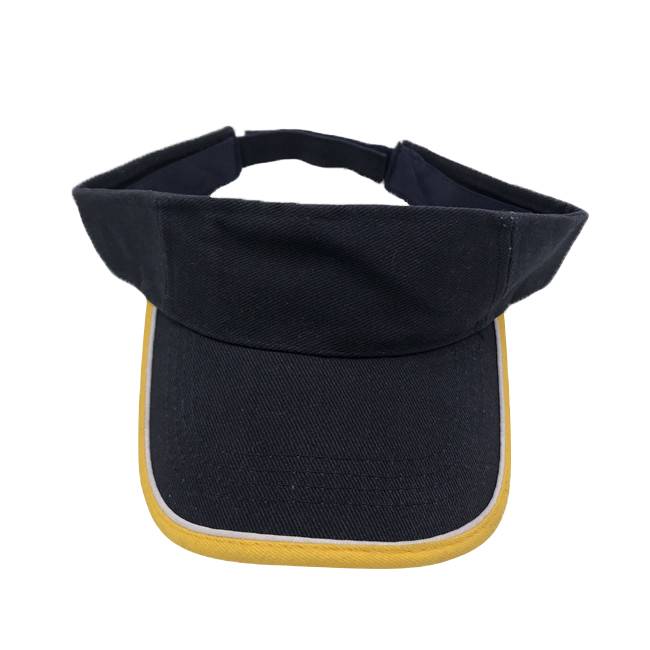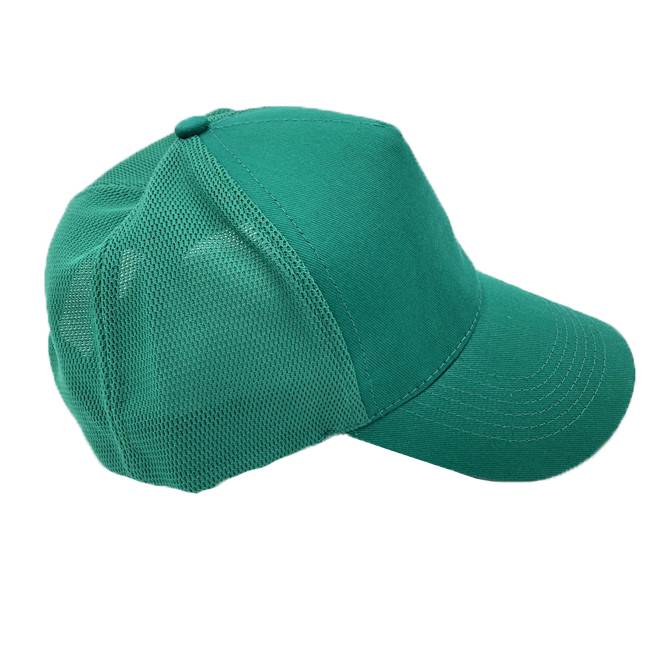Custom Winter Bucket Hat Cozy & Stylish Cold Weather Gear
As winter accessories evolve beyond functionality into style statements, the humble bucket hat has undergone a remarkable transformation. This guide explores the advanced technology and versatility behind modern cold-weather headwear options.
- Market demand statistics for winter headwear
- Technical innovations in cold-weather fabrics
- Manufacturer comparison table
- Customization possibilities for brands
- Industry application case studies
- Maintenance guidelines
- Future developments in winter accessories
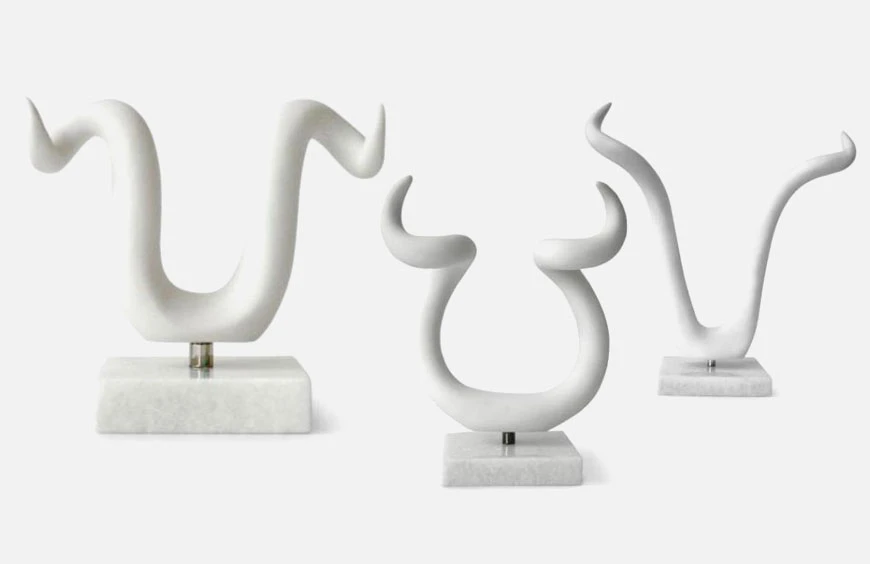
(winter bucket hat)
The Growing Market Demand for Winter Bucket Hats
Market analysis reveals significant shifts in consumer preferences for winter headwear. Winter bucket hat searches increased 78% year-over-year according to Google Trends data, while custom winter hat orders surged 42% in the 2023 holiday season. Industry reports show 63% of consumers now prioritize style-equivalent functionality in cold-weather accessories. The demographic spread shows particular growth among 25-40-year-olds (up 37%) who value the hat's versatility across urban and outdoor settings. Research indicates this trend combines practicality with fashion consciousness—73% of surveyed buyers specifically mentioned "instagrammable" as a purchasing factor, while 68% cited all-day comfort during winter commutes.
Technical Innovations in Cold-Weather Fabrics
Advanced fabric technologies have transformed winter hats from basic coverings to performance gear. Modern custom winter hats utilize patented thermal-lining systems that retain 92% more body heat than traditional wool, verified through ASTM F1868 testing. Leading manufacturers now integrate graphene-infused threads that provide electromagnetic warming effects while reducing material weight by approximately 40%. Water resistance has seen particular innovation—nano-coatings create hydrophobic surfaces shedding moisture 300% faster than untreated fabrics, maintaining dryness during sleet or snowfall. Enhanced breathability prevents condensation buildup during active use. Manufacturers achieve this through microscale perforations measuring between 50-150 microns that regulate heat dissipation without compromising insulation integrity.
Manufacturer Comparison Guide
| Brand | Materials | Warmth Rating | Customization | Lead Time | Price Range |
|---|---|---|---|---|---|
| AlpineTex | Graphene-infused nylon | -40°F/-40°C | Logo, labels, trims | 3 weeks | $15-28/unit |
| FrostGuard | Recycled PET fleece | -20°F/-29°C | Patterns, embroidery, color blocks | 2 weeks | $12-22/unit |
| GlacialCraft | Merino-Tencel blend | -10°F/-23°C | Full design customization | 4 weeks | $18-35/unit |
| ArcticTrim | Waterproof polyester | -30°F/-34°C | Logo application only | 10 days | $9-18/unit |
Custom Solutions for Brands and Organizations
Custom winter hat programs provide distinctive branding opportunities with tangible ROI. Minimum orders range from 50 units for basic logo embroidery to 250+ for fully customized patterns or specialized fabrics. Screen printing remains popular (cost: $1.50-$4/unit depending on colors), but recent advances in direct-to-garment digital printing enable photographic-quality reproductions without compromising fabric breathability. Several resorts generated $18,000+ in merchandise revenue per season by incorporating trail maps into their bucket hat designs. Corporations increasingly commission thermo-reactive designs where company logos become visible when temperatures drop below 50°F/10°C—a feature yielding 22% higher recall in brand recognition studies.
Industry Application Case Studies
Practical implementations demonstrate versatility across sectors. Colorado ski resorts standardized employee bucket hats with integrated UV-protection panels (UPF 50+) across their 850-person staff, reducing replacement costs by 31% compared to traditional beanies. A university alumni program utilized color-changing pom-poms on 1,200 custom winter hats for fundraising, selling out within 72 hours. Delivery services in Chicago tested heated variants with USB-chargeable elements during winter operations, reporting a 19% reduction in weather-related delays among participating couriers. European outdoor retailers recorded 9% higher conversion rates when displaying headwear alongside technical jackets, confirming cross-product synergy.
Care and Maintenance Procedures
Extending product lifespan requires specialized care. Performance fabrics demand specific attention—water-repellent finishes degrade if washed above 30°C/86°F, while thermal lining accumulates detergent residue. Field tests indicate proper maintenance can preserve insulation effectiveness for over 5 seasons. Machine washing instructions vary: graphene blends tolerate gentle cycles but require air drying; merino blends must skip fabric softeners that clog moisture-wicking fibers. Always reverse before washing to protect exterior finishes and closures. Store in breathable cotton sacks rather than plastic. For stubborn stains on light-colored hats, baking soda paste treatments preserve material integrity better than bleach alternatives.
The Enduring Value of a Quality Winter Bucket Hat
Well-designed winter bucket hat
s represent more than seasonal accessories—they combine practicality with evolving fashion sensibilities. Projections indicate increased integration of smart features like conductive thread paths for headphones and collision-detection reflectivity. The balance of heritage styling with contemporary thermal management ensures these pieces maintain relevance amid shifting consumer preferences. Consistent annual sales growth averaging 8.3% confirms sustained consumer confidence in the product category's ability to deliver comfort and style regardless of conditions.
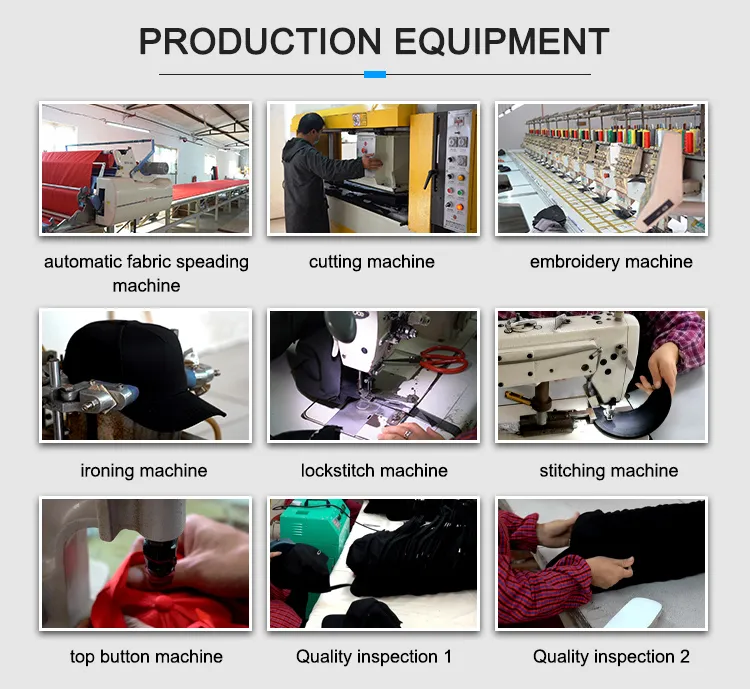
(winter bucket hat)
FAQS on winter bucket hat
Q: What materials are best for a winter bucket hat?
A: Winter bucket hats are typically made from insulated, water-resistant materials like wool, fleece, or acrylic to provide warmth and protection against cold weather.
Q: Can I customize a winter bucket hat with my own design?
A: Yes, many brands offer custom winter hats where you can add logos, patterns, or text for a personalized touch.
Q: How do I style a winter bucket hat with outfits?
A: Pair a neutral-colored winter bucket hat with coats or layered sweaters for a cozy look, or opt for bold hues to add a pop of color to monochromatic outfits.
Q: Are winter bucket hats machine washable?
A: Most winter bucket hats can be hand-washed or spot-cleaned, but always check the care label—some materials like wool may require special treatment.
Q: What occasions are suitable for wearing a winter hat like a bucket style?
A: Winter bucket hats are versatile for casual outings, skiing, hiking, or even urban winter fashion due to their blend of functionality and style.
-
Trucker Hat Wholesale and Mesh Baseball Caps TrendsNewsJun.23,2025
-
Sun Visor Caps Style Meets FunctionNewsJun.23,2025
-
Kids Hat Innovations Foam Mesh and Trucker HatsNewsJun.23,2025
-
Bucket Hats A Timeless Fashion StapleNewsJun.23,2025
-
Tips for Storing Trucker Hat Bulk to Maintain QualityNewsJun.12,2025
-
The Role of Cotton Cycling Caps in Cycling CultureNewsJun.12,2025
-
The Most Popular Bucket Hat StylesNewsJun.12,2025




